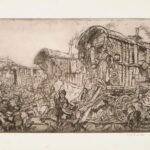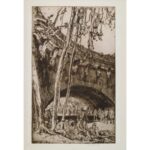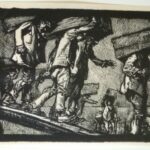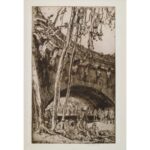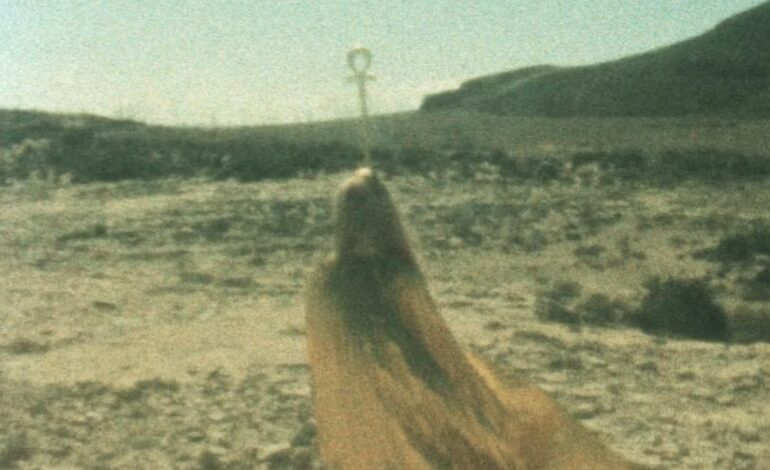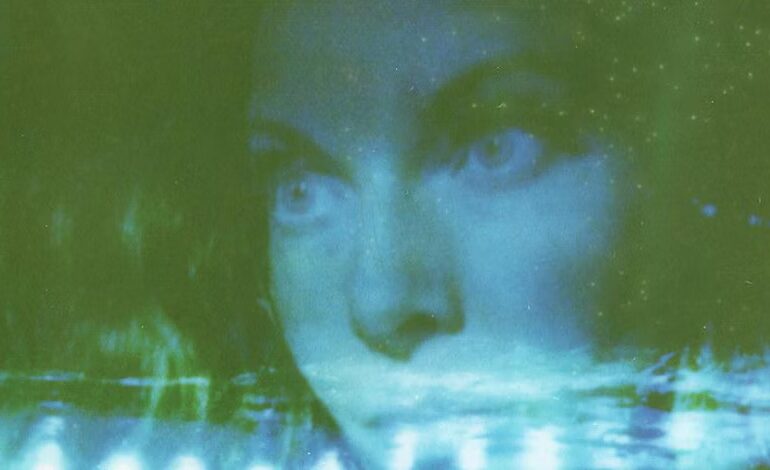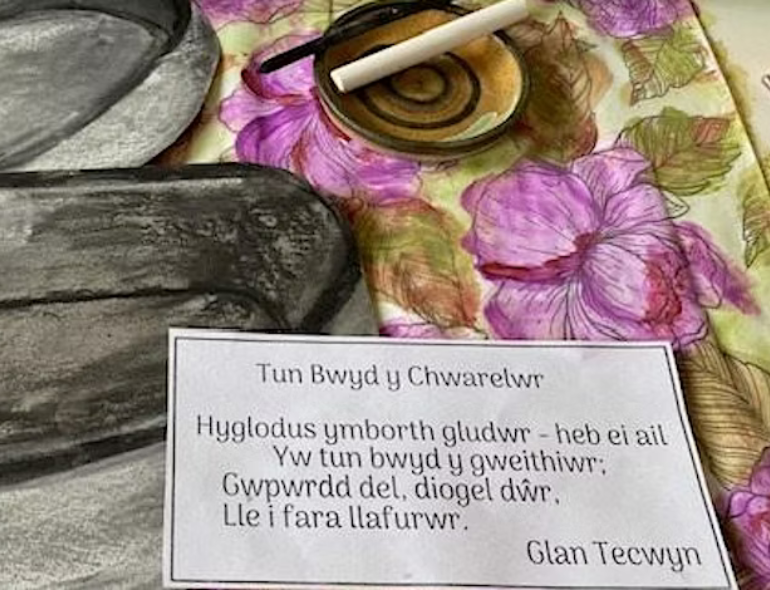Etchings, Lithographs and Wood Engravings by Brangwyn from the Bangor University’s Archive Collection
Born in Bruges, Brangwyn lived and worked in the UK as an illustrator, painter, muralist, designer of furniture, textiles and ceramics. Brangwyn was also a prodigiously prolific printmaker: he worked predominantly in the mediums of etching, lithography, and wood engraving. He exhibited in Britain, America and all across Europe; he was honoured by numerous institutions and bodies, was elected a member of the Royal Academy and given the first one-man exhibition of a living artist there in 1952.
He donated works to many galleries and museums up to his death in 1956. The William Morris Gallery in Walthamstow was opened in 1950 as ‘The William Morris gallery and Brangwyn Gift’, since it contains much of his and other artists’ own work donated by him in 1936 in honour of Morris, one of his first mentors. Largely created by a generous gift of work from Brangwyn to help restore his birthplace, Bruges, after the war, the Arendts Museum was until recently devoted to his life and work. Swansea has its Brangwyn Hall containing the mural panels once destined for the Houses of Parliament; and many other European and British museums have their Brangwyn donation – including Bangor which benefited from the gift of its modest collection of Brangwyn watercolours, drawings, prints and books from him shortly before his death. Some of the etchings and lithographs in the Bangor collection were included in publications such as the Brangwyn Portfolio (Paris 1927) and Frank Brangwyn, Zwanzig Graphische Arbeiten (Vienna 1921) and are displayed framed individually in this exhibition. These works are now in the care of the Bangor University Archives and are normally available for public access.
In his lifetime, Brangwyn produced over 500 etchings, 340 wood engravings, 160 lithographs and 130 bookplates of one sort or another. The recently published catalogue raisonné by Dr. Elizabeth Horner of all the known prints by Brangwyn includes relevant details of size, ownership, related works and studies, with comparative illustrations of studies, sketches and photographs used by the artist. This is the result of many years of research during which Dr. Horner has catalogued and published much of Brangwyn’s voluminous output – including ceramics and stained glass; she has travelled to collections all over the world to see and record every last sketch, design, painting and print. The small selection of prints in this exhibition aims to show some of the strengths and skill of Brangwyn the printmaker, and does so to coincide with and to celebrate the publication of Dr. Horner’s catalogue.
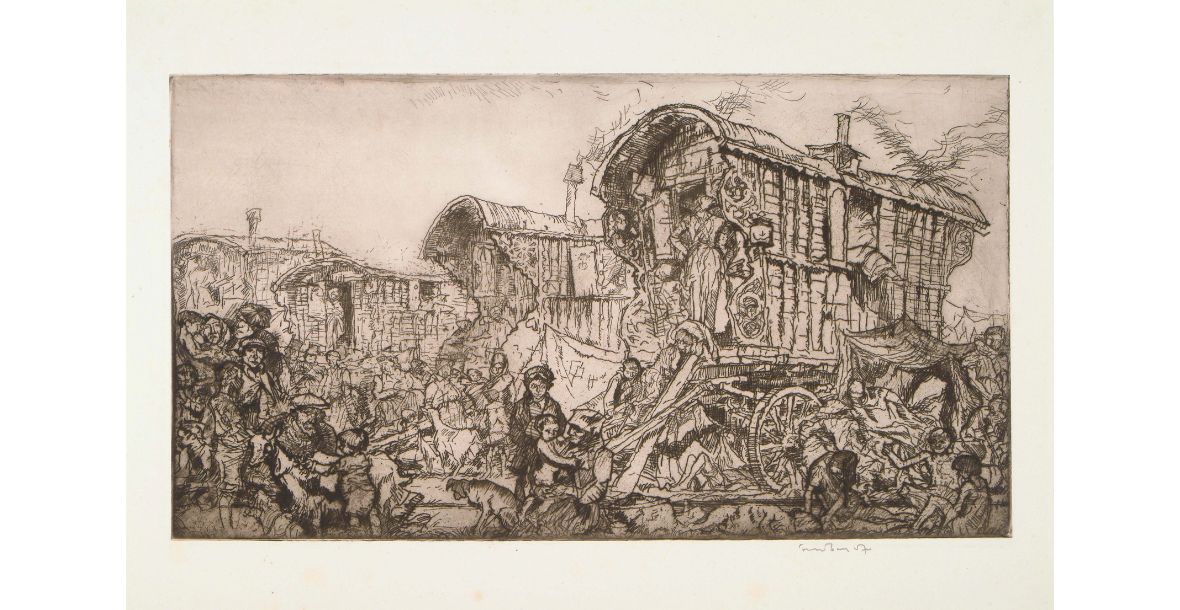
Frank Brangwyn, Caravans. 1923, etching
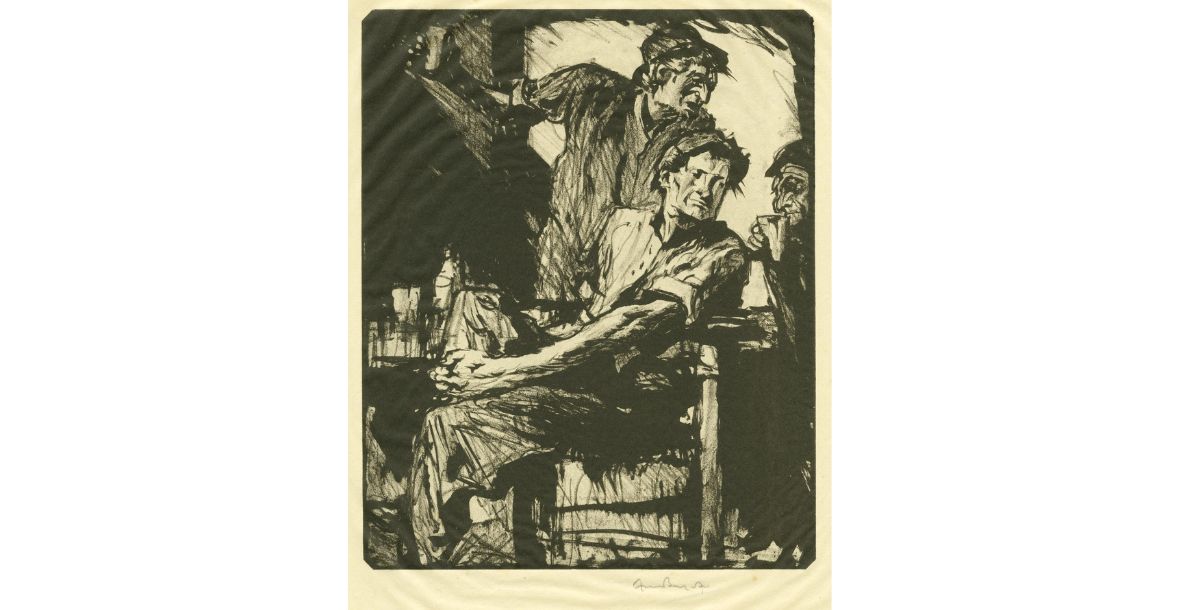
Frank Brangwyn, Drinkers at Table, 1910, lithograph
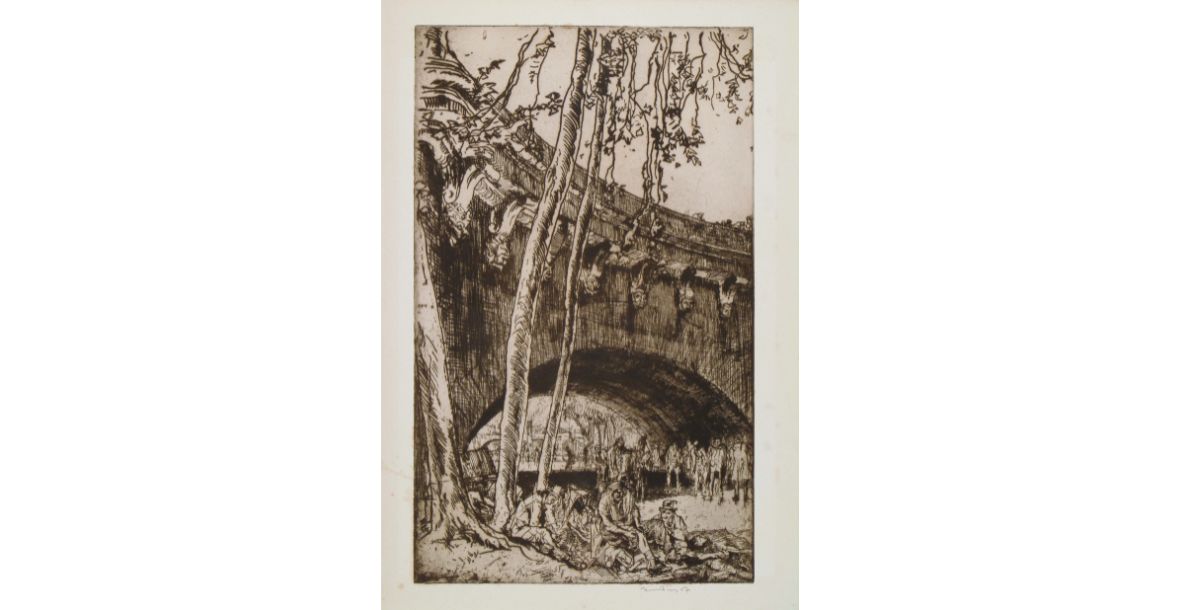
Frank Brangwyn, Paris, Arch of the Pont Neuf 1923, etching
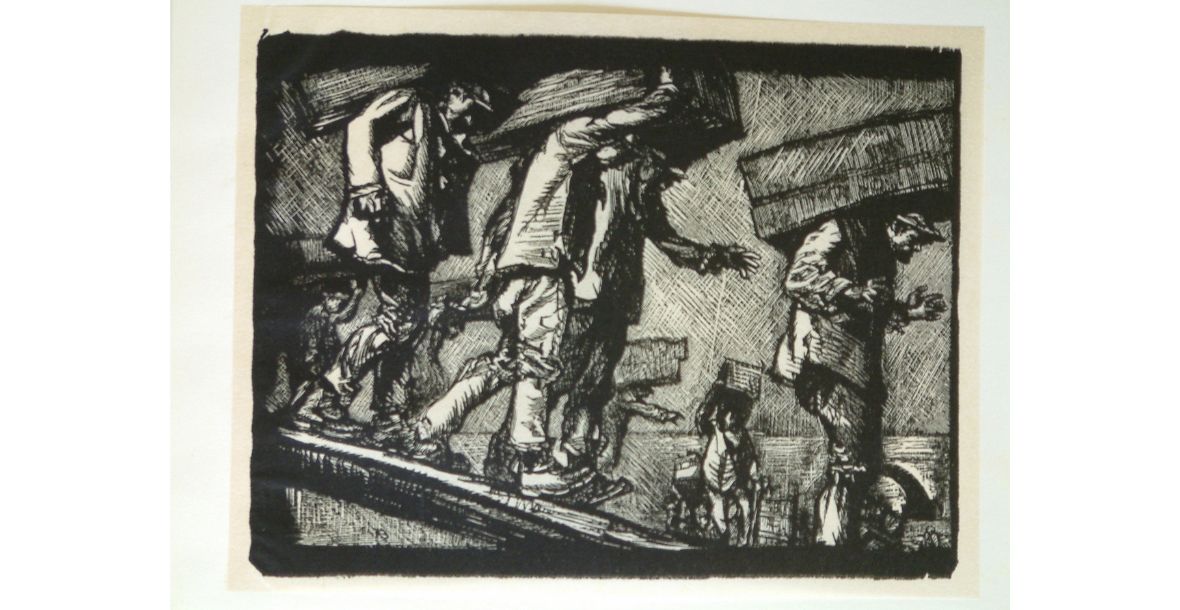
Frank Brangwyn, Unloading Oranges, 1920, wood engraving

Frank Brangwyn, Man Sawing , 1921, lithograph
